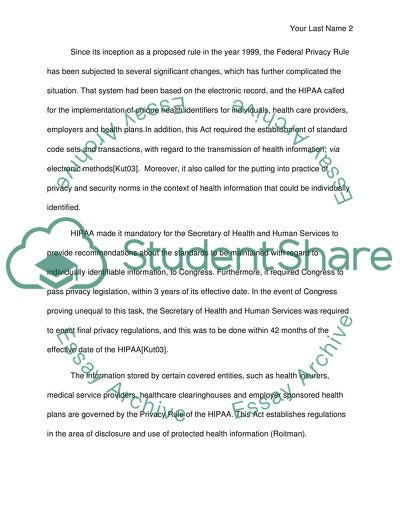Cite this document
(“HIPPA Essay Example | Topics and Well Written Essays - 2500 words”, n.d.)
Retrieved from https://studentshare.org/health-sciences-medicine/1401473-hippa
Retrieved from https://studentshare.org/health-sciences-medicine/1401473-hippa
(HIPPA Essay Example | Topics and Well Written Essays - 2500 Words)
https://studentshare.org/health-sciences-medicine/1401473-hippa.
https://studentshare.org/health-sciences-medicine/1401473-hippa.
“HIPPA Essay Example | Topics and Well Written Essays - 2500 Words”, n.d. https://studentshare.org/health-sciences-medicine/1401473-hippa.


